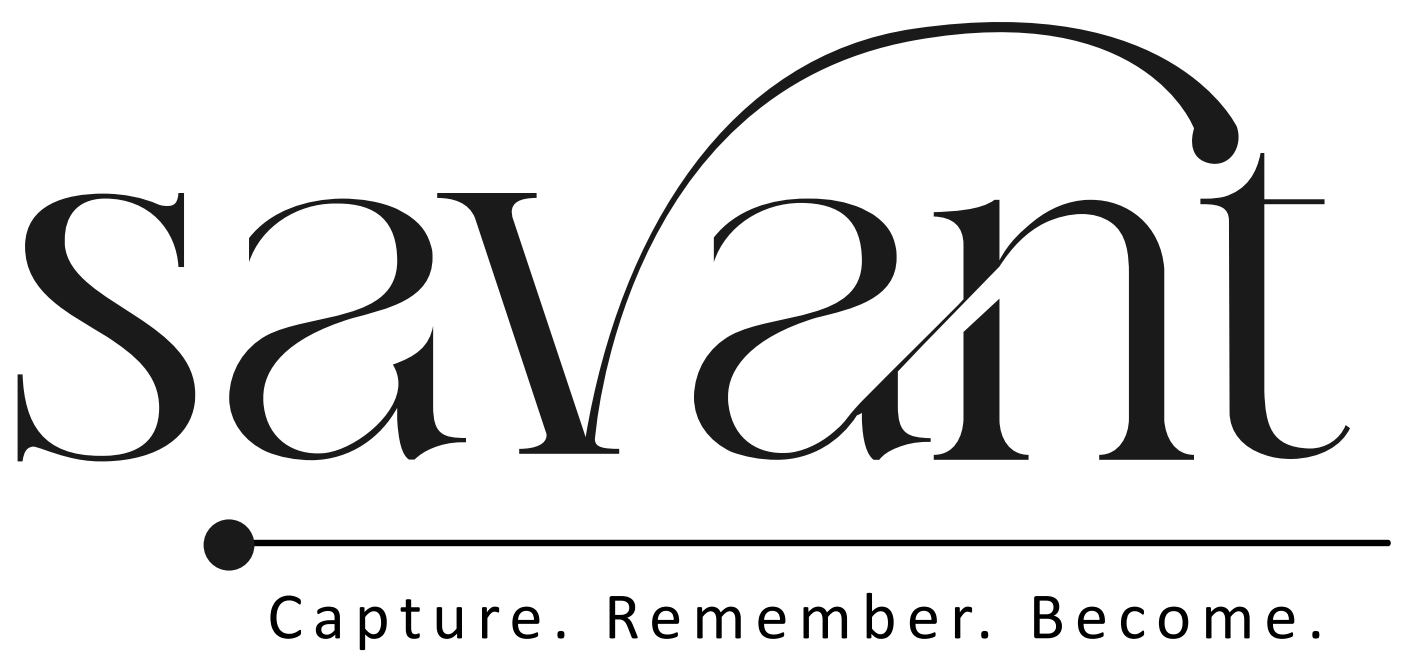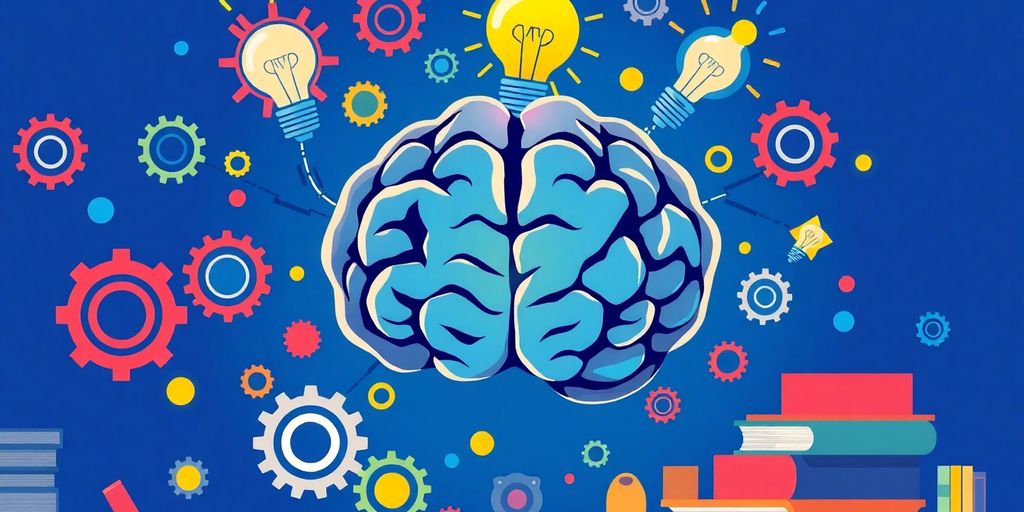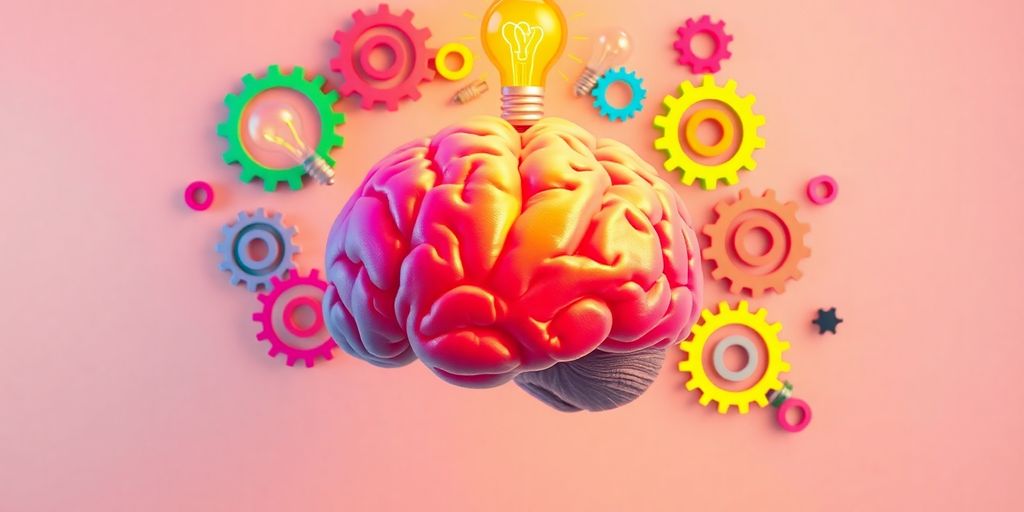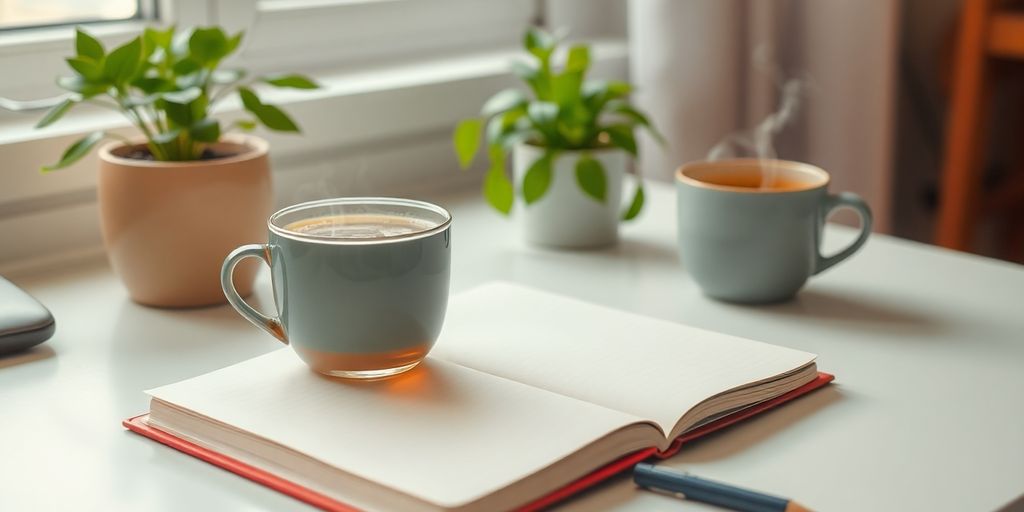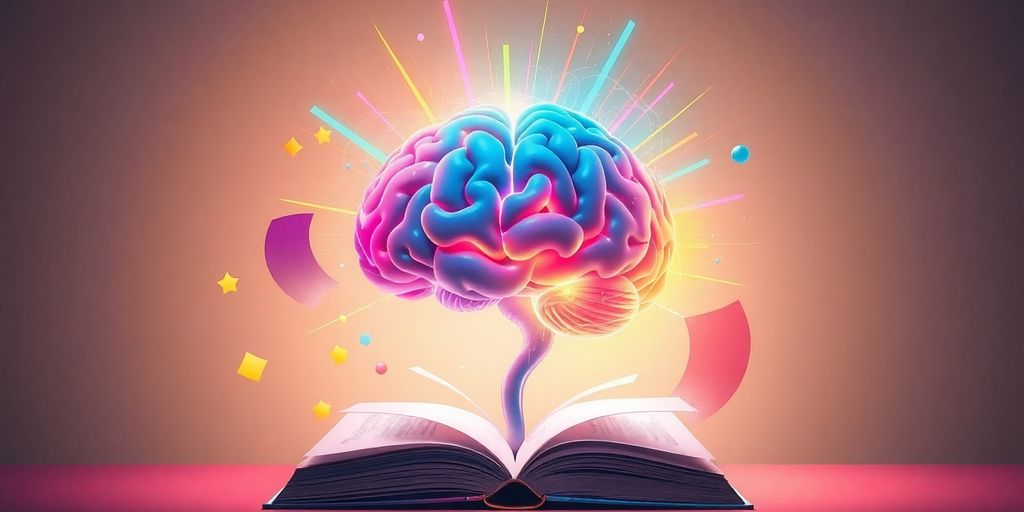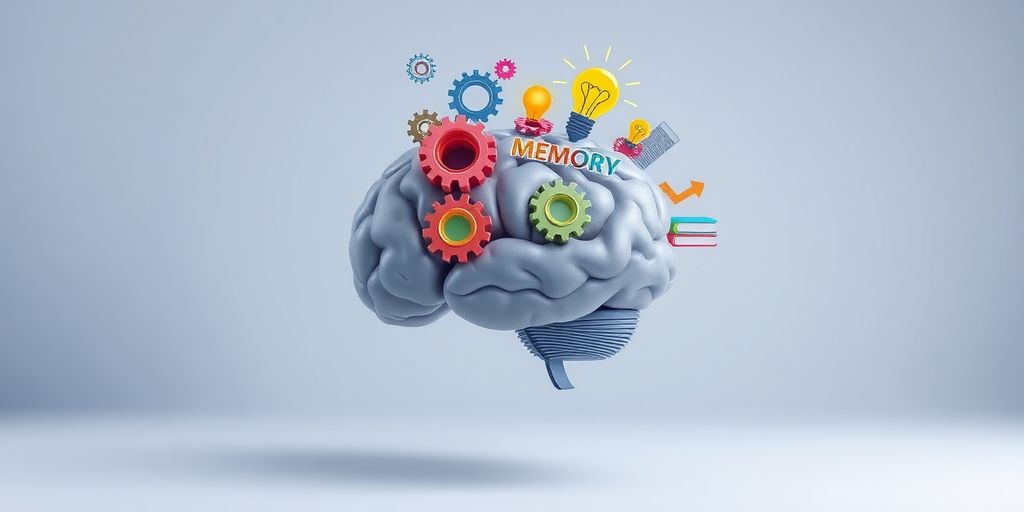Ever feel like you’re cramming for exams and nothing sticks? You’re not alone. Memorizing can be tough, especially when the pressure’s on. But don’t worry, there are ways to make it easier. This guide dives into simple strategies to help you memorize faster for exams. Whether you’re a visual learner or someone who learns by doing, there’s something here for you. Let’s explore some techniques that can make studying more effective and maybe even a bit fun.
Key Takeaways
- Identify your learning style to choose the best memorization techniques for you.
- Use the Method of Loci by associating information with familiar places.
- Practice active recall by testing yourself regularly.
- Spaced repetition helps reinforce memory over time.
- Create a distraction-free study environment to boost focus.
Discovering Your Learning Style
Understanding how you learn best is a game changer when it comes to studying. Everyone absorbs information differently, and knowing your learning style can help you tailor your study habits to be more effective.
Visual Learners: Seeing is Believing
If you find that diagrams, charts, and written notes help you remember better, you’re likely a visual learner. Visual learners thrive on seeing information. To make the most of your study sessions, try creating mind maps or color-coded notes. Use highlighters to mark important points. This method not only makes your notes more engaging but also helps in retaining information by associating it with visual cues.
Auditory Learners: Listen and Learn
Auditory learners pick up information best through listening. If this sounds like you, consider recording lectures or using apps that convert text to speech. Discussing topics with friends or teaching the material to someone else can also reinforce your learning. A good pair of headphones might be your best study buddy!
Kinesthetic Learners: Hands-On Approach
For those who learn best by doing, kinesthetic learning is the way to go. Engage in activities that involve movement, like building models or conducting experiments. You might find that acting out scenarios or using gestures helps cement the information in your mind. Don’t be afraid to get up and move around while studying—it could be just what you need to make the material stick.
Everyone learns differently, and that’s okay! Figuring out your learning style can be a powerful step towards more effective studying. Remember, it’s not about fitting into a category perfectly but finding what works best for you and running with it.
Mastering Memory Techniques
The Method of Loci: A Mental Walkthrough
Ever tried taking a mental stroll through your mind? That’s the essence of the Method of Loci. Imagine your favorite place, like your home. Now, as you "walk" through each room, drop bits of information you need to remember. For instance, if you’re learning about the planets, you might place Mercury in the entryway and Venus on the kitchen table. This technique has been a favorite since ancient times and still works wonders for memory champs today.
Chunking: Breaking It Down
Chunking is like turning chaos into order. When faced with a long list of items, break them into smaller, more manageable parts. Think of it like memorizing a phone number. Instead of one long string, you break it into chunks, like 123-456-7890. This method taps into your brain’s natural ability to recognize patterns, making it easier to recall information when you need it.
Mnemonics: Making It Memorable
Mnemonics are your brain’s best friend when it comes to remembering tricky stuff. Create a catchy acronym or a silly sentence where each word starts with the same letter as the items you need to remember. For example, to remember the colors of the rainbow, use "ROYGBIV" (Red, Orange, Yellow, Green, Blue, Indigo, Violet). These quirky tricks make information stick in your memory like glue.
Using these advanced memory techniques can significantly enhance your recall speed for exams. By incorporating these strategies into your study routine, you’ll find memorizing not only easier but also more fun!
Active Learning Strategies
Active Recall: Test Yourself
Active recall is all about challenging your brain to remember information without looking at your notes. This technique is like giving your memory a workout. It strengthens your memory by forcing you to retrieve information, making it easier to recall later. Here’s how you can incorporate active recall into your study routine:
- Quiz yourself regularly on the material.
- Use flashcards to test your knowledge.
- Try teaching the material to someone else, which reinforces your understanding.
Spaced Repetition: Timing is Key
Spaced repetition is a method where you review information at increasing intervals. This helps combat the forgetting curve, making it easier to retain information over time. Here’s a simple schedule you can follow:
- Day 1: Study new material.
- Day 2: Review once.
- Day 4: Review again.
- Day 7: Final review.
By spreading out your study sessions, you can keep the material fresh in your mind and improve long-term retention.
Mind Mapping: Visualize Your Thoughts
Mind mapping is a creative technique that helps you organize your thoughts visually. It’s like creating a map of your ideas, which can be incredibly helpful for understanding complex topics. Here’s how to create a mind map:
- Start with a central idea in the middle.
- Branch out with related topics and concepts.
- Use colors and images to make it engaging.
Mind mapping not only aids memory but also makes studying more interactive and fun. By visually organizing information, you can see the connections between ideas, which can enhance your understanding and recall.
Incorporating these active learning strategies into your study routine can make a big difference. By engaging with the material actively, you’re not just studying harder, but smarter. So, mix things up and see how your learning improves!
Creating a Study-Friendly Environment
Organizing Your Study Space
A cluttered desk can lead to a cluttered mind. Start by keeping your study area tidy. Only keep the essentials—like your laptop, notebooks, and pens—on your desk. Use folders or binders to organize your notes by subject, making it easy to find what you need without wasting time. Good lighting is important too, as it helps reduce eye strain and keeps you focused.
Eliminating Distractions
Distractions are the enemy of productivity, especially when you’re trying to study. Here are some tips to help you stay focused:
- Turn off notifications on your phone or computer.
- Use apps that block distracting websites.
- Let others know when you’re studying so they can give you the space you need.
By minimizing interruptions, you’ll be able to concentrate better and retain more information.
Incorporating Music and Sound
Sometimes, a little background music can enhance your focus. Try listening to calming, instrumental music while you study. Songs with lyrics can be distracting, so stick to classical or lo-fi beats. If music isn’t your thing, consider white noise or nature sounds to create a peaceful study atmosphere.
Creating a well-organized study environment with minimal distractions enhances concentration and productivity. Tailoring study habits to match individual learning styles can significantly improve learning outcomes.
Remember, the key to a successful study session is setting up an environment that works for you. Experiment with different setups until you find the one that makes you feel most comfortable and focused.
Building Effective Study Habits
Setting a Consistent Schedule
Creating a study schedule is like setting a game plan for success. It helps you stay on track and makes the whole process less overwhelming. Here are some tips to get started:
- Set specific times for studying each day. Consistency is key!
- Break your study sessions into chunks. This makes it easier to digest information.
- Include breaks to keep your mind fresh. A little downtime can do wonders.
Balancing Study and Breaks
Finding the right balance between study and rest is crucial. Overloading your brain can lead to burnout, so here’s how to keep things balanced:
- Plan your breaks: Use techniques like the Pomodoro method—study for 25 minutes, then take a 5-minute break.
- Mix up your activities: Switch subjects or tasks to keep your brain engaged.
- Listen to your body: If you’re tired, it’s okay to take a longer break.
Tracking Your Progress
Keeping an eye on your progress can motivate you and help you adjust your strategies. Here’s how you can do it:
- Use a journal or app to log your study sessions and achievements.
- Set small, achievable goals and celebrate when you reach them.
- Reflect on what works and what doesn’t, then tweak your approach.
Building effective study habits takes time and patience. Remember, it’s all about finding what works best for you. Stay positive and keep pushing forward!
For more tips on effective study habits, consider choosing a quiet study environment, incorporating regular breaks, and utilizing practice tests to enhance learning.
Overcoming Common Memory Challenges
Dealing with Procrastination
Procrastination is a tough enemy when it comes to studying. Here’s how to tackle it:
- Set Clear Goals: Break down your study material into smaller, manageable tasks. This makes it less overwhelming and easier to start.
- Create a Schedule: Allocate specific times for each task, and stick to it. A consistent routine can help you stay on track.
- Use Timers: Try the Pomodoro Technique—study for 25 minutes, then take a 5-minute break. This keeps your mind fresh and focused.
Minimizing Distractions
Distractions are everywhere, but you can minimize them with a few strategies:
- Find a Quiet Space: Choose a study area that’s free from noise and interruptions.
- Limit Digital Distractions: Turn off notifications on your phone or use apps that block distracting sites.
- Use Headphones: Listening to calming music or white noise can help you concentrate better.
Celebrating Small Wins
Recognizing your achievements, no matter how small, can boost your motivation:
- Track Your Progress: Keep a journal of what you’ve learned and the goals you’ve achieved.
- Reward Yourself: Give yourself a treat when you reach a study milestone.
- Share Your Success: Talk about your achievements with friends or family.
Remember, every small victory is a step towards greater success. Celebrating these moments can keep you motivated and eager to continue learning.
By addressing these common memory challenges, you can create a more effective and enjoyable study routine. Incorporating techniques like spaced repetition can further enhance your memory retention and help you overcome these hurdles.
Utilizing Technology for Better Memory

Using Apps for Spaced Repetition
Spaced repetition is a technique that helps you remember information by reviewing it at increasing intervals. It’s like giving your brain little nudges to remind it of what’s important. Some popular apps that can help with this include:
- Anki: A flashcard app that uses spaced repetition to help you memorize facts.
- Quizlet: Offers various study modes, including flashcards and games.
- Memrise: Focuses on language learning with spaced repetition and fun activities.
Online Flashcards and Quizzes
Flashcards and quizzes are classic tools for active recall, which is all about testing yourself to strengthen memory pathways. Here’s how you can make the most of them:
- Create your own flashcards or use apps with pre-made ones.
- Use images and colors to make your flashcards more engaging.
- Regularly quiz yourself to keep the information fresh.
Tracking Progress with Digital Tools
Keeping track of your learning journey can be incredibly motivating. Digital tools make it easy to monitor your progress and adjust your strategies. Here are some tips:
- Use apps like Evernote or OneNote to organize your notes.
- Incorporate images and links to make your notes more engaging.
- Regularly review and update your notes to reinforce your memory.
By using technology wisely, you can unlock your brain’s potential and enhance your memory skills. Remember, the more you practice, the better you’ll get!
As we step into 2025, the trends in learning and memory are looking promising, offering plenty of opportunities for global learners to thrive.
Wrapping It Up: Unlocking Your Memory Power
So, there you have it! With these memory techniques, you’re all set to tackle your study sessions like a pro. Remember, it’s not about cramming everything in one go, but finding what clicks for you and sticking with it. Whether it’s using mnemonics, saying things out loud, or even tying a subject to a scent, there’s a method out there that can make your study time more effective and maybe even a bit fun. Give them a try, mix and match, and see what sticks. And hey, don’t stress too much—learning is a journey, not a race. Good luck, and happy studying!
Frequently Asked Questions
How can I remember things quicker?
To remember things faster, try using spaced repetition. This means reviewing the information at different times, which helps your brain hold onto it longer.
What is the Method of Loci and how does it work?
The Method of Loci is a memory trick where you imagine placing information along a path you know well, like your house. To remember, you mentally walk through that path.
Do memory techniques work for everyone?
Most memory techniques work for most people. However, if someone has a condition called aphantasia, where they can’t visualize images, some techniques may be less effective.
How does speaking aloud help with memory?
Speaking aloud can help because it makes the information stand out more in your mind. By hearing yourself say it, the information is more likely to stick.
Why is changing study locations helpful?
Changing where you study can make your brain work harder to remember information, which helps it stick better.
What is spaced practice?
Spaced practice means spreading out your study time. Instead of cramming, you review information over days or weeks, which helps you remember it longer.
